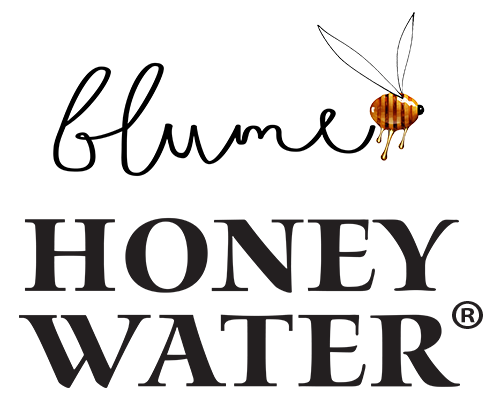Protect Your Neighborhood Pollinators
Blume Honey Water wants you to protect your neighborhood pollinators!
We want you to enjoy all the bounty of our Earth’s food. The best way to ensure you still get to enjoy blueberries, chocolate, coffee, melons, peaches, pumpkins, vanilla, almonds (and Blume!) is to protect the world’s pollinators!
Pollinator Partnership offered these easy action steps to, as their mission states: Protect Their Lives...Preserve Ours. Here’s how:
LOOK CAREFULLY:
Watch for pollinators. Get connected with nature. Take a walk, experience the landscape and look for pollinators during midday in sunny, planted areas.
TREAD LIGHTLY:
Reduce your impact. Reduce or eliminate your pesticide use, increase green spaces, and minimize urbanization. Pollution and climate change affect pollinators, too!
PLANT GENEROUSLY:
Plant for pollinators. Create pollinator-friendly habitat with native flowering plants that supply pollinators with nectar, pollen and homes.
Design your garden so there is a continuous succession of plants flowering from spring through fall.
Check for the species or cultivars best suited to your area and gradually replace lawn grass with flower beds.
Plant native to your region using plants that provide nectar for adults plus food for insect larvae, such as milkweed for monarchs. If you do use non-native plants, choose ones that don’t spread easily, since these could become invasive.
Select old-fashioned varieties of flowers whenever possible because breeding has caused some modern blooms to lose their fragrance and/or the nectar/pollen needed to attract and feed pollinators.
Install houses for bats and native bees. For example, use wood blocks with holes or small open patches of mud. As little as 12” across is sufficient for some bees.
Avoid pesticides, even so-called “natural” ones such as Bacillus thuringiensis (Bt). If you must use them, use the most selective and least toxic ones and apply them at night when most pollinators aren’t active.
Supply water for all wildlife. A dripping faucet or a suspended milk carton with a pinhole in the bottom is sufficient for some insects. Other wildlife need a small container of water.
Provide water for butterflies without letting it become a mosquito breeding area. Refill containers daily or bury a shallow plant saucer to its rim in a sunny area, fill it with coarse pine bark or stones and fill to overflowing with water.
There are so many ways (big and small) to help preserve our precious pollinators. At Blume, we’re going local to help bees with our Beeless Beekeeping initiative. Here’s what you can do today!
Buy local produce pollinated by local bees to support your local farmers and ecosystem.
Support companies that support the honeybee. Do your research, read labels and vote with your dollars.
Donate to organic beekeepers and bee health research organizations.
Avoid pesticides and plant healthy flower gardens to help feed your local bees.
Show bees some sweet love!

